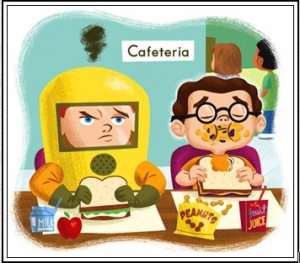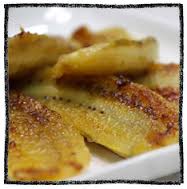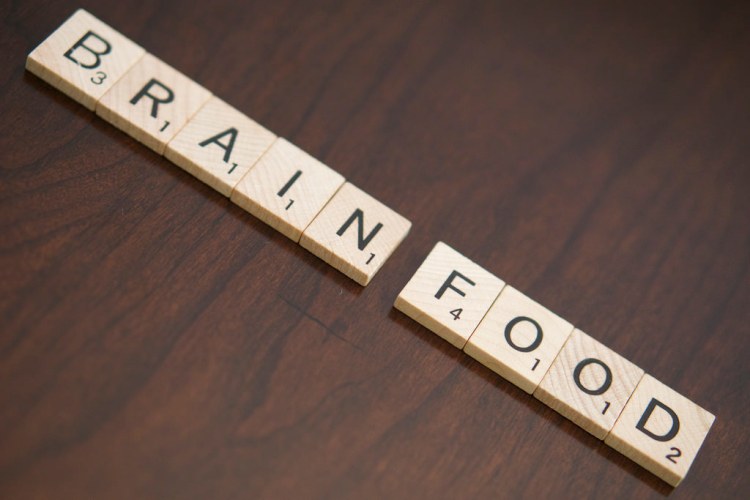
Constant ear infections, colds and runny noses was how my son spent his first 4 years of life. Doctors couldn’t figure it out and they weren’t worry. “It is normal for kids to have colds and ear infections” they will say, but something inside me was telling me that it wasn’t “normal” for a kid to be sick every 3 weeks, to be constantly taking antibiotics ( which by the way eventually cause him GI problems) for “normal” ear infections.
During a visit to the chiropractor, she mentioned that probably there was something he was eating that was causing all this havoc in his little body.
We tested him for food allergies and everything came out negative, so if it was not an allergy, then what?
As a last resource and honestly a little desperation, I decided to stop giving him milk and eggs (this are 2 of the main allergy causing foods) and VOILA after a week the runny nose stop, eventually no more ear infections and now he only gets the occasional cold!
He was doing so much better, but I was still puzzled about the test results, if it was not an allergy then what? An intolerance, a sensitivity? After doing some research this is what I found:
There are two different kinds of food sensitivities – food allergy and food intolerance. Often times they are confused because they are both reactions to foods that we eat and some of the symptoms can be very similar. However, it’s worth taking a moment to distinguish their differences.
Food Allergy
It is an immune system response – the body thinks that the food you ingested is a harmful substance and it creates antibodies to defend against it. Symptoms depend on where the antibodies and histamine are released, and they can include rash or hives, nausea, stomach pain, diarrhea, itchy skin, shortness of breath, increased colds/flu, runny nose, ear infections, swelling of the airway and even anaphylaxis.
Our intestines are designed to be impermeable to large protein molecules that our body may mistake as “invaders” and launch an “attack” – resulting in allergic reactions. When the intestine becomes permeable to larger protein molecules, these molecules can get into the bloodstream and trigger an immune response.
Food allergies can be triggered by even a very small amount of food, and occurs every time the food is consumed. If you suffer from food allergy, you are most likely advised to avoid the trigger food altogether.
Peanuts, tree nuts ( such as walnuts, pecans and almonds), shellfish, milk, eggs, soy products, and wheat are the most common triggers for food allergies.
Antibiotics in the first year of life are associated with increased allergies.
Food Intolerance
It is a digestive system response – the digestive system is unable to properly digest some substance in the food, or the food irritates the digestive tract. Most symptoms of food intolerance are confined to the GI tract, including nausea, stomach pain, gas, cramps, bloating, vomiting, heartburn, and diarrhea, with the exception of headache and irritability or nervousness.
In most cases, food intolerance is caused by the lack of certain enzymes and the body becomes unable to digest certain substances in the food.
The most common food intolerance is lactose intolerance, in which the person is unable to break down the sugar in the milk (lactose) and could experience bloating, gas, and diarrhea. On the other hand some experience intolerance to the protein in the milk ( casein ). It’s nor unusual for a milk protein sensitivity to be mistaken for lactose intolerance in children, the initial symptoms are similar. However, allergy or sensitivity to milk protein’s symptoms last up to weeks after ingestion, where as lactose intolerance will resolve in a day or two after removing diary from your child’s diet.





